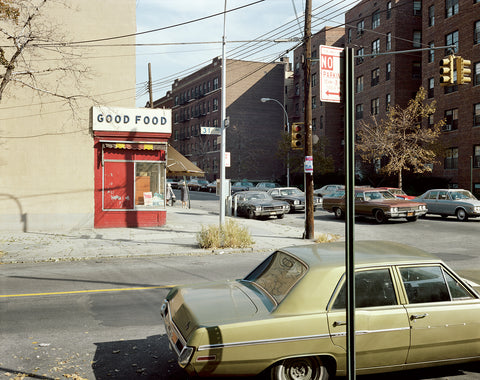
The Salt of the Earth. Dry Long So. Regular Folks. Good down-home people.
These images are an attempt at maintaining the integrity of the space they have claimed, visceral and existential. They reverberate in varying frequencies of belonging. They set their gaze on the rhythms, vibes, and musical patterns that make up Black life in a certain section of Third Ward. Even though the spaces they inhabit have been broken in, hollowed out, and formed over a number of generations to their Black presence, somewhere there lingers doubt. Our history (for I am a Black man), if we are honest, does not lend itself to a solid belief in “the American franchise.” So even with a history attached to a space, there exists a palpable apprehension that something might happen, something that might expel them from the land, because in the end, it is always about the land. Valid and tangible thoughts from a people long unaccustomed to controlling even their own bodies, much less parcels of land.
Deal’s fealty to the power of the medium is in line with Frederick Douglass’s unwavering belief in photography as the “mirror of reality,” a cudgel he enlisted in the fight for freedom and human dignity. It also echoes Walker Evans’s gospel-like belief in the limitless power of images; in the power of art to actively confront and change things. Deal knows full well that the eye barters solely in feelings. It is only after the image has seared the sensory does the “first mind” (the black vernacular for the intuitive part of our being) exit, making way for the judges of interpretation.

He is very conscious of the shoulders he stands upon within the Houston hierarchy. The pedigree that issued from A. C. Teal’s Photography Studio through apprentices like Elnora Frazier and Benny Joseph. Louise Martin’s work is held in a special light that outdistances the clumsy and inhibiting pseudonym of “society photographer” that was bestowed upon her. Yet it is the sui generis, Earlie Hudnall, Jr., he covets the most.
“He is one of my heroes,” Deal confided. “His photographs have that Gordon Parks tinge to them, but with a different kind of atmosphere, like the kind that Atget created surrounding empty spaces. And compositionally, his photographs are always on point; self-explanatory of a narrative.”
Like Deal’s, Hudnall’s father was an amateur photographer.

Third Ward Durée
Really comes down to the reclamation of memory. Durée is a series of cancellations like Heidegger employed. Scientific time is an immobile, complete, unending line. Bergson embraced and advanced that coupling in the belief that time resided outside the bounds of science and mathematics.
As Bergson saw it, a person’s life within that congruous line could also be incongruous, broken, chopped up, phrased forte or sotto voce, sped up or slowed down. Durée is ineffable and as such, any attempt at corral- ling a thought is lost the second you make the attempt. It can only be grasped through the simple intuition of the imagination.
Quiet as kept, Original Man has been creating time from the start. Before Civil, Universal, or Day Light Savings, there were the stars and lucid creatives with abstract driven imaginations. Yet even in that Promethean exercise, they genuflected toward eternity.

Excerpt from Garry Reece's essay from Beautiful, Still. by Colby Deal (2022)
Faux leather embossed hardcover
24 x 28 cm, 160 pages






